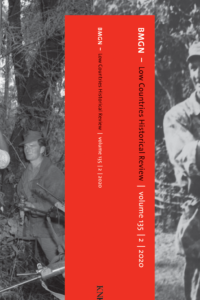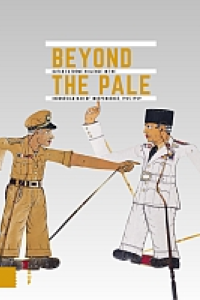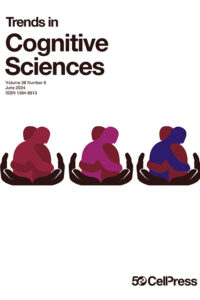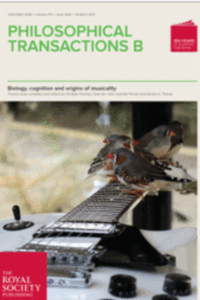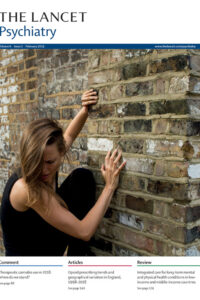Based on a comparison of decolonisation conflicts in Southeast Asia and Africa, in this contribution, Roel Frakking and Martin Thomas study the local population’s experience of revolutionary and counter-revolutionary violence. The authors approach the microdynamics of violence based on concepts of political violence developed in the context of research into civil wars. The microdynamics of violence are studied by means of three themes. The first concerns the striking asymmetry in power relationships that typify decolonisation conflicts, dealing with various violence strategies. The second theme is the nature and composition of locally recruited paramilitary groups that were involved in much of the local violence studied here. Making a target of the local population, who were not involved in the acts of war, but whose status as ‘citizens’ acutely exposed them to violence, is the third theme. From these themes, the authors distil the concept of ‘internal border areas’. They argue that these areas were ‘grey areas’, in which the power of the colonial state became fragmented. It was in precisely these areas that the state security forces and their adversaries were involved in the most violent clashes in their attempts to enforce the local population’s cooperation, and hence obtain structural social control.
Publication available in open access (article in Dutch)
